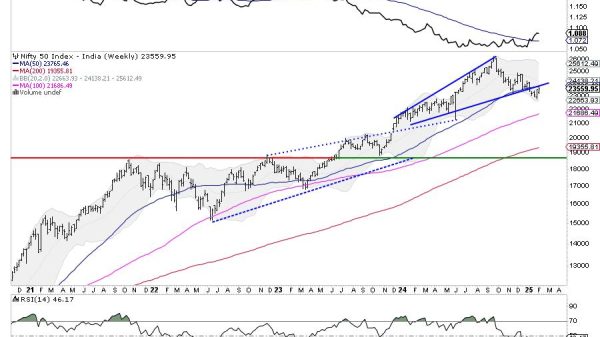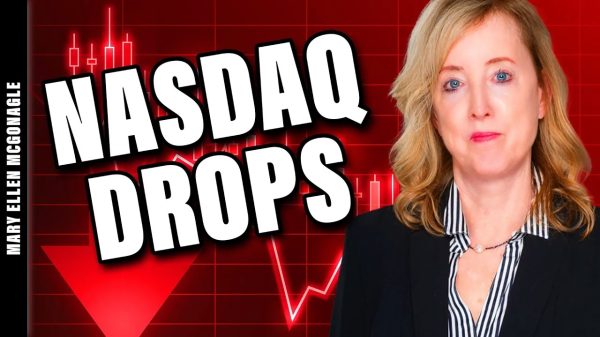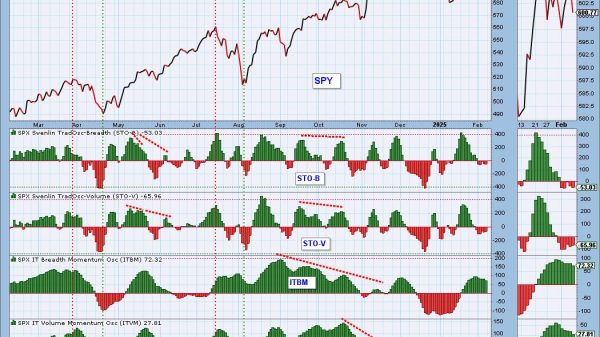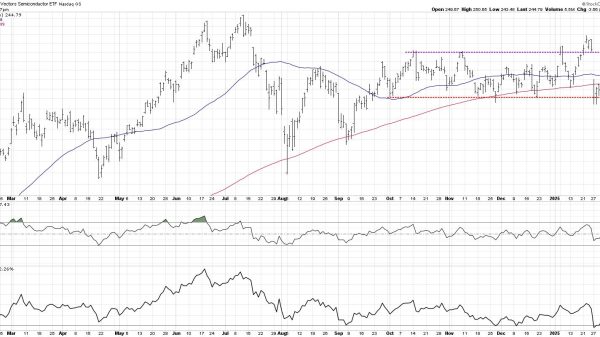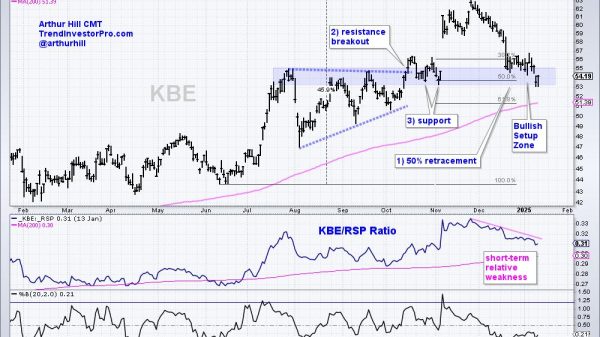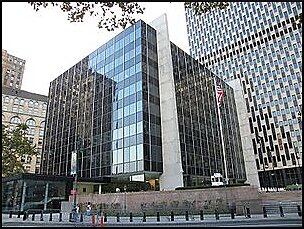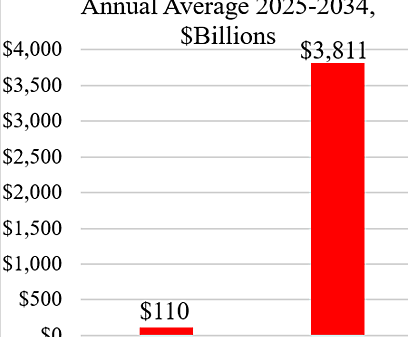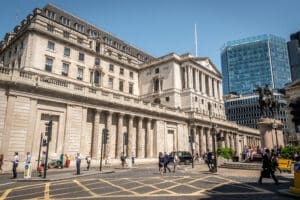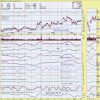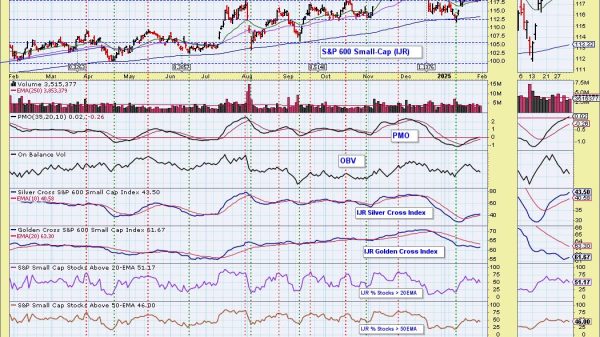
The Bank of England has cut interest rates for the fourth time since August, lowering the base rate to 4.25% from 4.5%, as the central bank grapples with weakening growth, persistent inflation, and global trade disruptions driven by President Trump’s tariff war.
In a closely watched decision, the Bank’s Monetary Policy Committee (MPC) was split. Five members, including Governor Andrew Bailey, supported the 0.25-point cut, while two members backed a larger 0.5-point reduction. The remaining two opted to leave rates unchanged. The split vote surprised analysts, many of whom had expected an 8-1 outcome in favour of a quarter-point cut.
The move brings UK interest rates to their lowest level in two years, amid a fragile global economic backdrop and rising concern over the impact of Trump’s 10% blanket tariff on imports and 145% levy on Chinese goods.
“Inflationary pressures have continued to ease, so we’ve been able to cut rates again today,” said Bailey. “But the past few weeks have shown how unpredictable the global economy can be. That’s why we need to stick to a gradual and careful approach.”
The Bank revised its UK growth forecast downward, projecting GDP to expand by 1% in 2025, 1.25% in 2026, and 1.5% in 2027, a notable downgrade from its previous outlook in February. It also warned that Trump’s tariffs could shave 0.3% off UK growth over the next two years.
While the central bank has not yet factored in the expected UK-US trade deal, anticipated to be announced later today, Bailey welcomed the news, calling it “good news all round.”
Though the global trade war poses a drag on growth, the MPC said it could exert downward pressure on UK inflation, especially as Chinese goods are rerouted to the UK and global energy prices soften.
The Bank now forecasts that UK inflation will peak at 3.5% this summer, before easing to its 2% target by early 2027. That projection is helped by disinflationary effects from global trade shifts and lower oil prices.
However, unemployment is forecast to rise to 5% by the end of next year, from 4.4% today, as economic activity slows.
The Bank acknowledged the £25 billion employers’ National Insurance hike, announced by Chancellor Rachel Reeves last October, is beginning to have a modest impact on hiring. But it said the effect on employment so far has been “fairly small.”
Political and market reactions
Reeves welcomed the rate cut, calling it “good news” for households and businesses: “It makes homeownership more accessible, car finance more affordable and eases the pressure on those paying off personal loans,” she said, though acknowledging families still face cost-of-living challenges.
Economists and analysts broadly expect further cuts. Goldman Sachs forecasts up to seven more quarter-point cuts through early 2026. External MPC members Swati Dhingra and Alan Taylor supported a larger cut, citing global risks and weaker export prices. Meanwhile, Catherine Mann and Huw Pill voted to hold rates steady, citing labour market resilience and persistent inflation expectations.
Lower borrowing costs are expected to breathe life into the UK property market. Matt Thompson, head of sales at Chestertons, said:
“More rate cuts on the horizon and sub-4% mortgage deals will boost buyer activity — particularly among first-time buyers who were sidelined by previous Stamp Duty changes.”
But he warned that limited housing supply could mean waiting for further cuts risks missing out in a competitive market.
Despite fragile growth and political pressure, the Bank reiterated its cautious approach, signalling more rate cuts are likely — but only gradually. With global trade volatility, fiscal headwinds, and investor nerves in play, the MPC faces a fine balancing act in the months ahead.
As Chief Economist George Lagarias at Forvis Mazars summed up: “When growth is sluggish and expected to slow, inflation concerns tend to subside. The UK may face a period of stagflation, but such episodes don’t tend to last — and the Bank knows it.”
Read more:
Bank of England cuts interest rates to 4.25% amid global trade tensions and slowing growth






